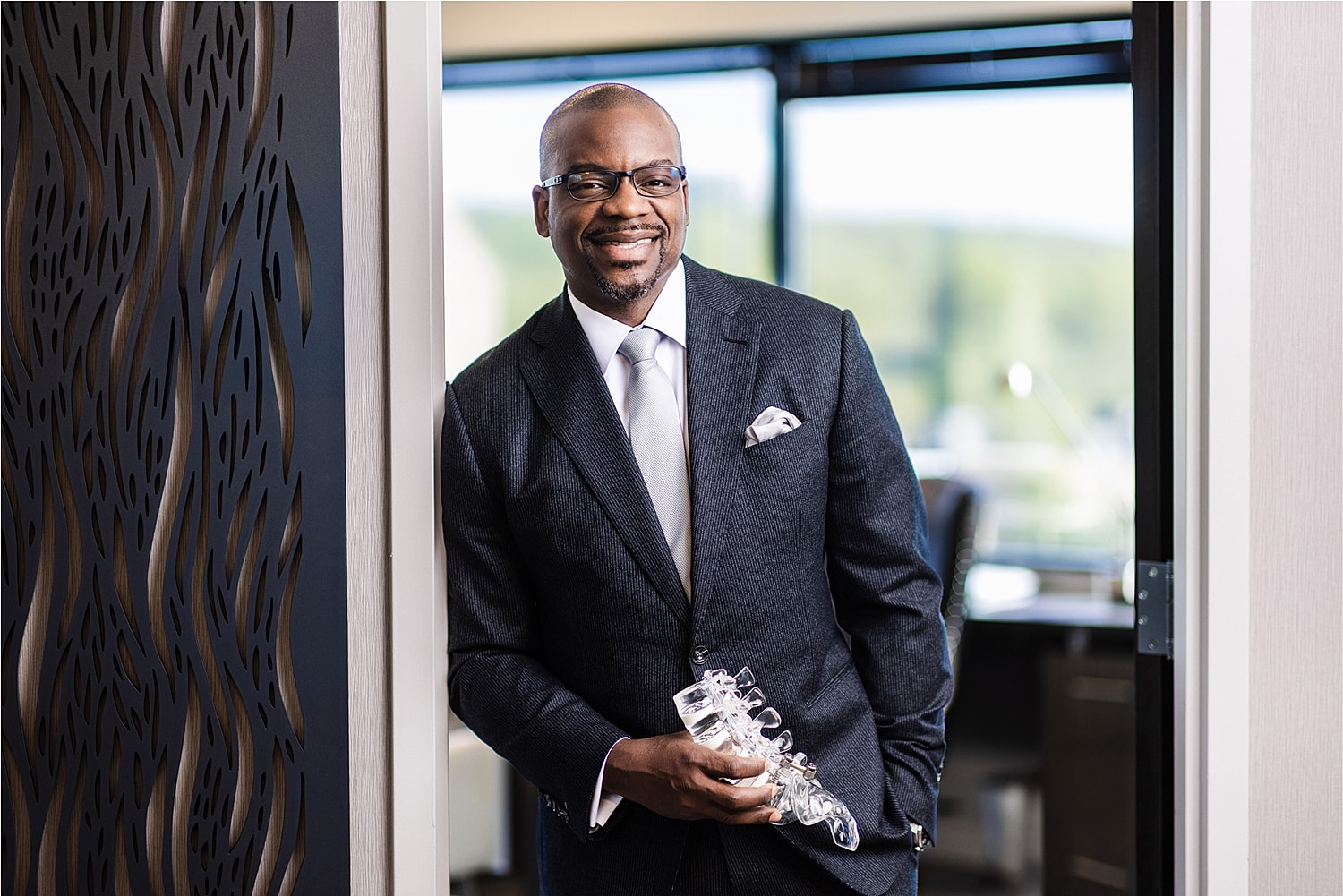
in New York & New Jersey
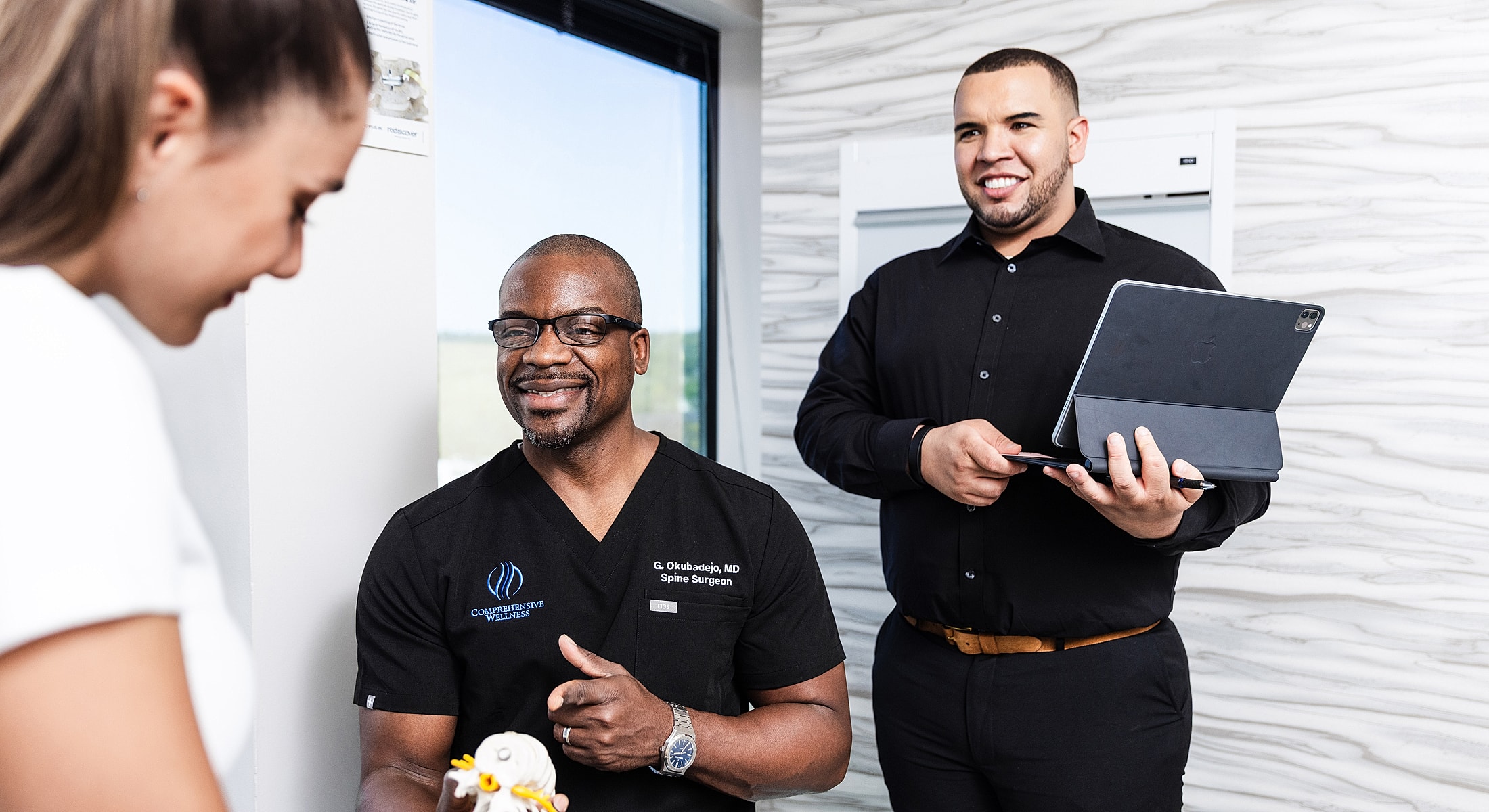







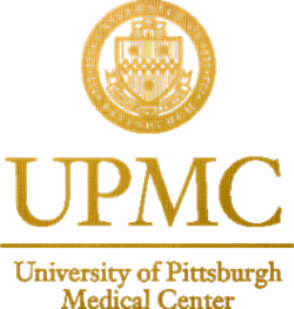








Chronic lower back pain can wear you down—mentally, physically, and emotionally. When the pain lingers after traditional treatments like injections, physical therapy, or medication, it may be time to consider a longer-lasting solution.
Endoscopic lumbar rhizotomy is a minimally invasive procedure that uses advanced imaging to identify and disable the small nerves causing your pain. It’s an outpatient solution that can offer months—or even years—of relief for patients with facet joint pain.
At The Institute for Comprehensive Spine Care, Dr. Gbolahan Okubadejo brings deep expertise and a thoughtful, personalized approach to spine procedures. With multiple locations across New York and New Jersey, our team helps patients get back to doing what they love, without unnecessary delay or discomfort.
Endoscopic lumbar rhizotomy is a procedure that treats chronic low back pain caused by facet joint arthritis or inflammation. These small joints in the spine can become irritated over time, sending pain signals through tiny nerves called medial branch nerves.
This procedure uses a small camera (endoscope) and radiofrequency energy to disable those pain-sensing nerves—without affecting the rest of the spine. Unlike traditional “blind” rhizotomies, the endoscopic method allows for greater precision, which may lead to better results and fewer repeat procedures. Endoscopic lumbar rhizotomy is especially helpful for patients who’ve had temporary relief from facet injections or radiofrequency ablation but are looking for something more effective and longer-lasting.
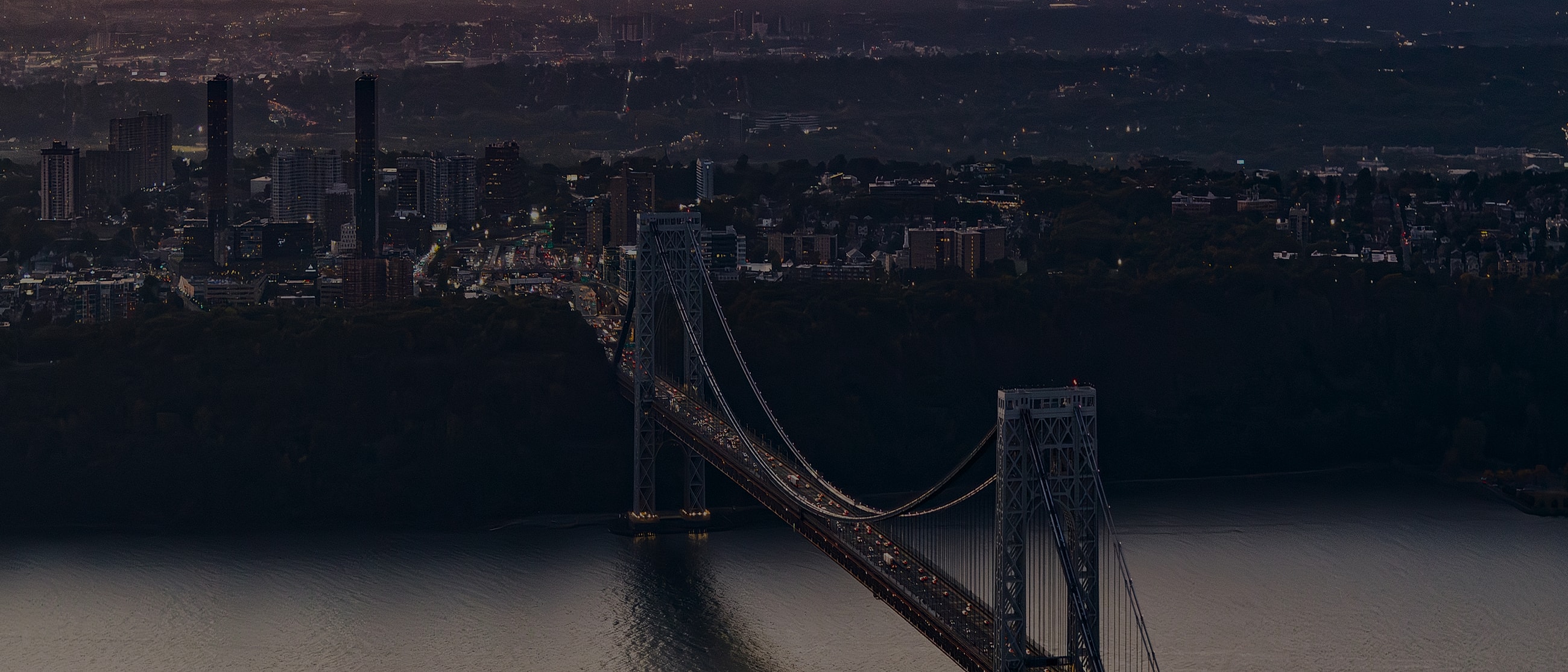
Dr. Okubadejo performs this outpatient procedure using conscious sedation or general anesthesia, depending on your needs.
A small incision (about ¼ inch) is made near the area of discomfort. Using real-time imaging, a slender camera is guided to the target area to visualize the medial branch nerves.
Once identified, these nerves are gently deactivated using radiofrequency energy. This stops them from carrying pain signals to the brain, while preserving surrounding nerves and spinal function. Because the procedure is so targeted, most patients experience less tissue trauma, quicker recovery, and lower complication risks compared to open surgeries or traditional radiofrequency techniques.
This procedure is primarily used to treat:
It is not intended for sciatica, herniated discs, or spinal stenosis, but may be combined with other treatments if multiple pain sources are involved.
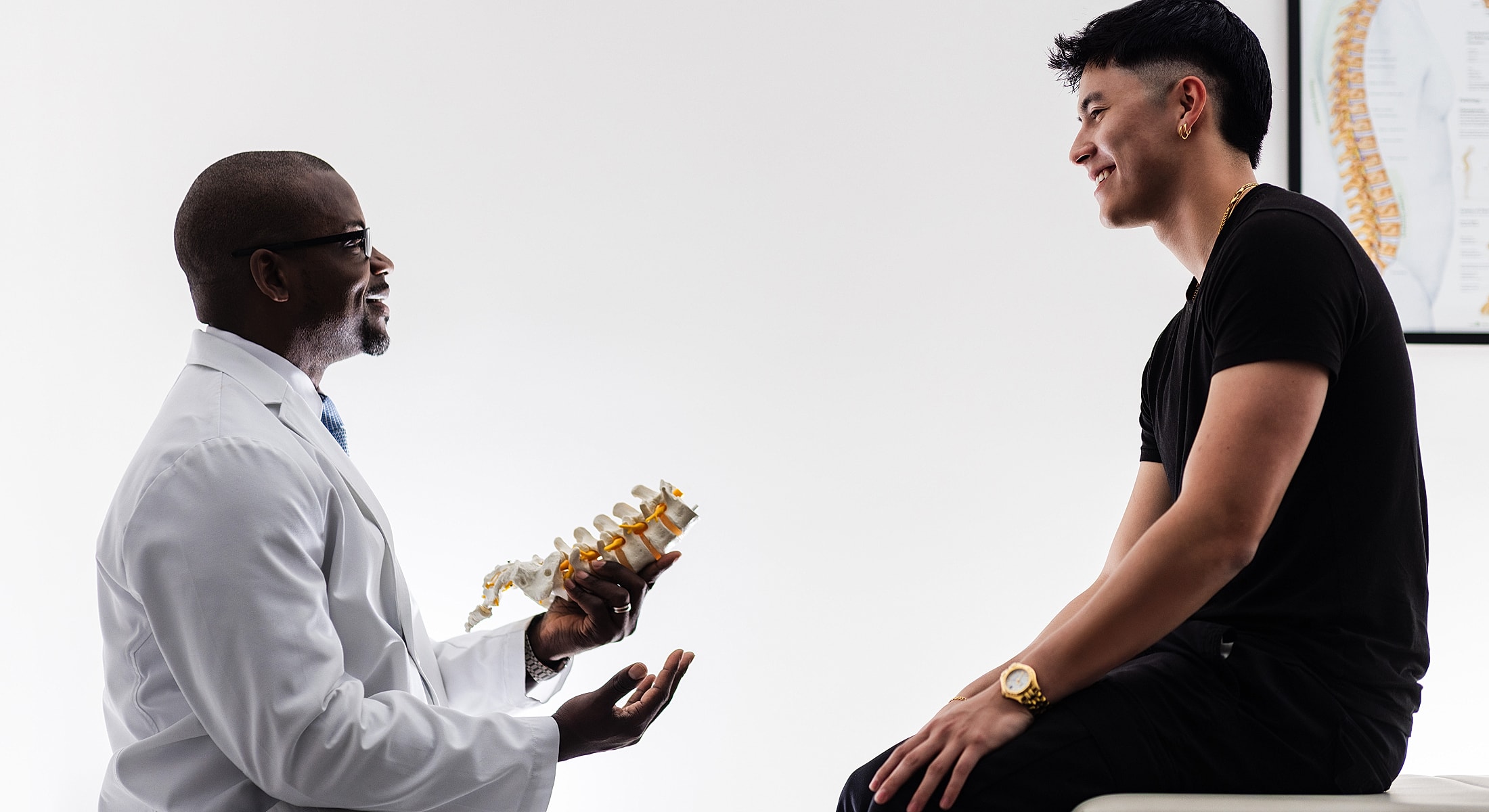
Many patients experience significant improvement with this minimally invasive approach. Key benefits include:
Results vary, but some patients enjoy relief for 6 months to several years. The procedure can be safely repeated if needed.

You may be a good candidate for endoscopic lumbar rhizotomy if:
This procedure isn’t for everyone. It works best when the source of pain is clearly localized to the facet joints. During your consultation for endoscopic lumbar rhizotomy NYC & NJ board-certified spine surgeon, Dr. Okubadejo, will evaluate your case closely and explain all your options, including non-surgical alternatives if appropriate.
Most patients walk out of the surgery center the same day. Soreness at the incision site is common but usually mild.
You’ll be encouraged to avoid strenuous activity for a few days, but many return to light work or normal routines within the week. Physical therapy may be recommended depending on your case. Our team will offer ongoing guidance and support to ensure optimal results from your procedure.
When pain comes from the facet joints, rhizotomy can offer dramatic improvement. Patients often report that daily tasks like getting out of bed, driving, or sitting through a meeting are no longer sources of pain or frustration.
Relief can last for several months or even years. When nerves grow back, the procedure can be safely repeated. For many, this technique becomes a long-term part of managing chronic back pain without resorting to more invasive surgery.
Dr. Gbolahan Okubadejo is a board-certified spine surgeon with extensive experience in traditional and minimally invasive techniques.
At The Institute for Comprehensive Spine Care, patients receive more than expert treatment—they receive personalized guidance and real communication at every step.
From your first consultation through recovery, you’ll work with a team that takes the time to understand your needs and deliver care that’s precise, respectful, and built around helping you feel better. With convenient locations throughout New York and New Jersey, the relief you need is closer than you think.
Endoscopic rhizotomy is similar in concept to RFA, but it uses a small camera and direct visualization for more precise targeting. This may lead to better outcomes and fewer side effects for some patients.
Most patients experience relief lasting 6 to 18 months. The nerves may regrow over time, but the procedure can be repeated if needed.
The procedure is typically done under local anesthesia with light sedation. You won’t feel pain during the procedure and will be relaxed but aware.
Endoscopic rhizotomy doesn’t involve removing discs or fusing bones. It’s a nerve-targeting procedure that leaves your spine structure intact, which often means a shorter recovery.
The risks are low, but they can include infection, bleeding, or nerve irritation. Dr. Okubadejo will discuss all risks and benefits before your procedure.
A diagnostic medial branch block can help confirm whether your facet joints are the source of pain. If that test gives temporary relief, rhizotomy may be a good next step.
In many cases, yes. Our staff will review your insurance benefits and help you understand your coverage and out-of-pocket costs.
Yes, this procedure can sometimes delay or avoid the need for fusion for patients with facet joint pain but no spinal instability. However, it’s not appropriate for all conditions.
Yes. If the nerves regrow and symptoms come back, the procedure can be safely repeated.


